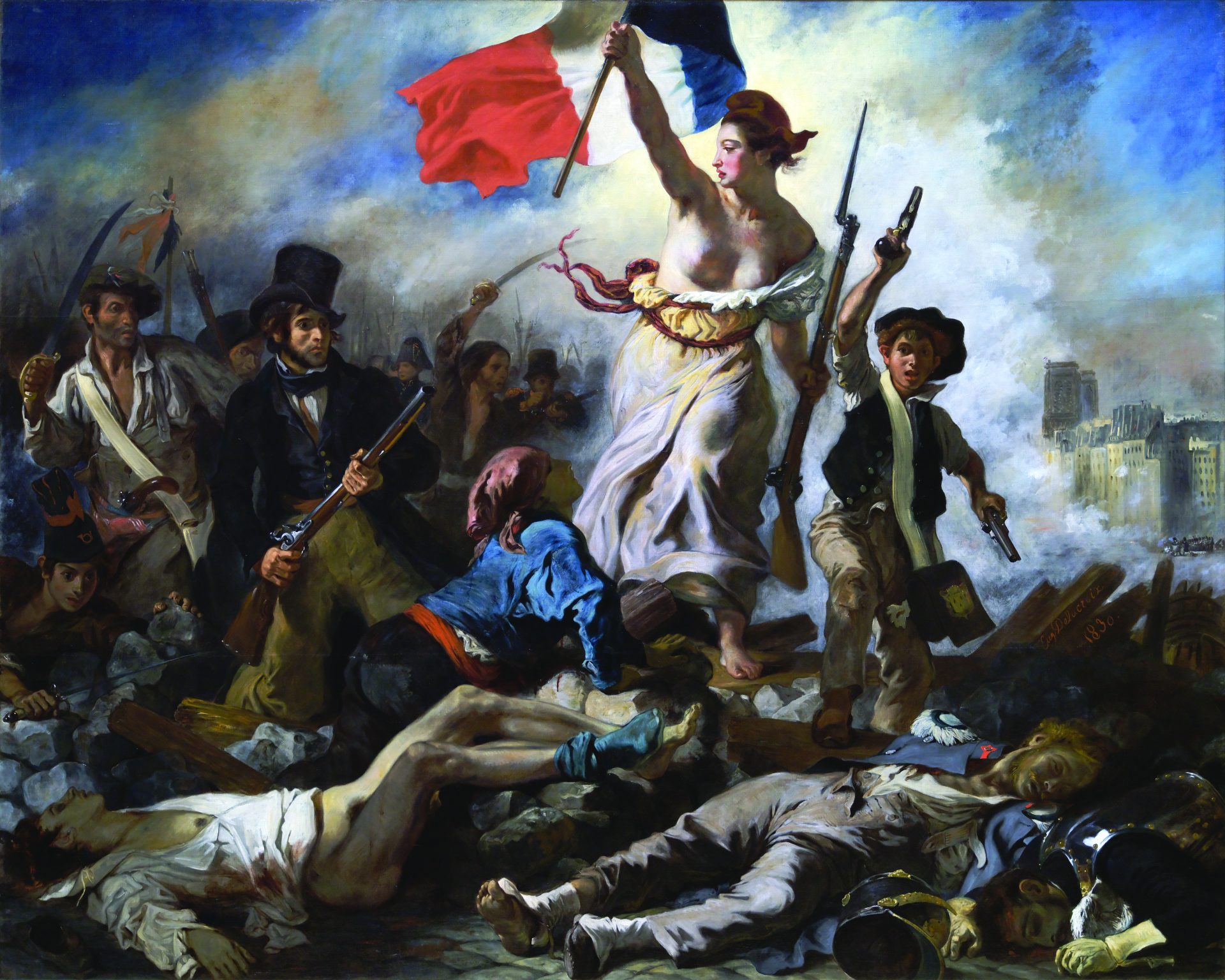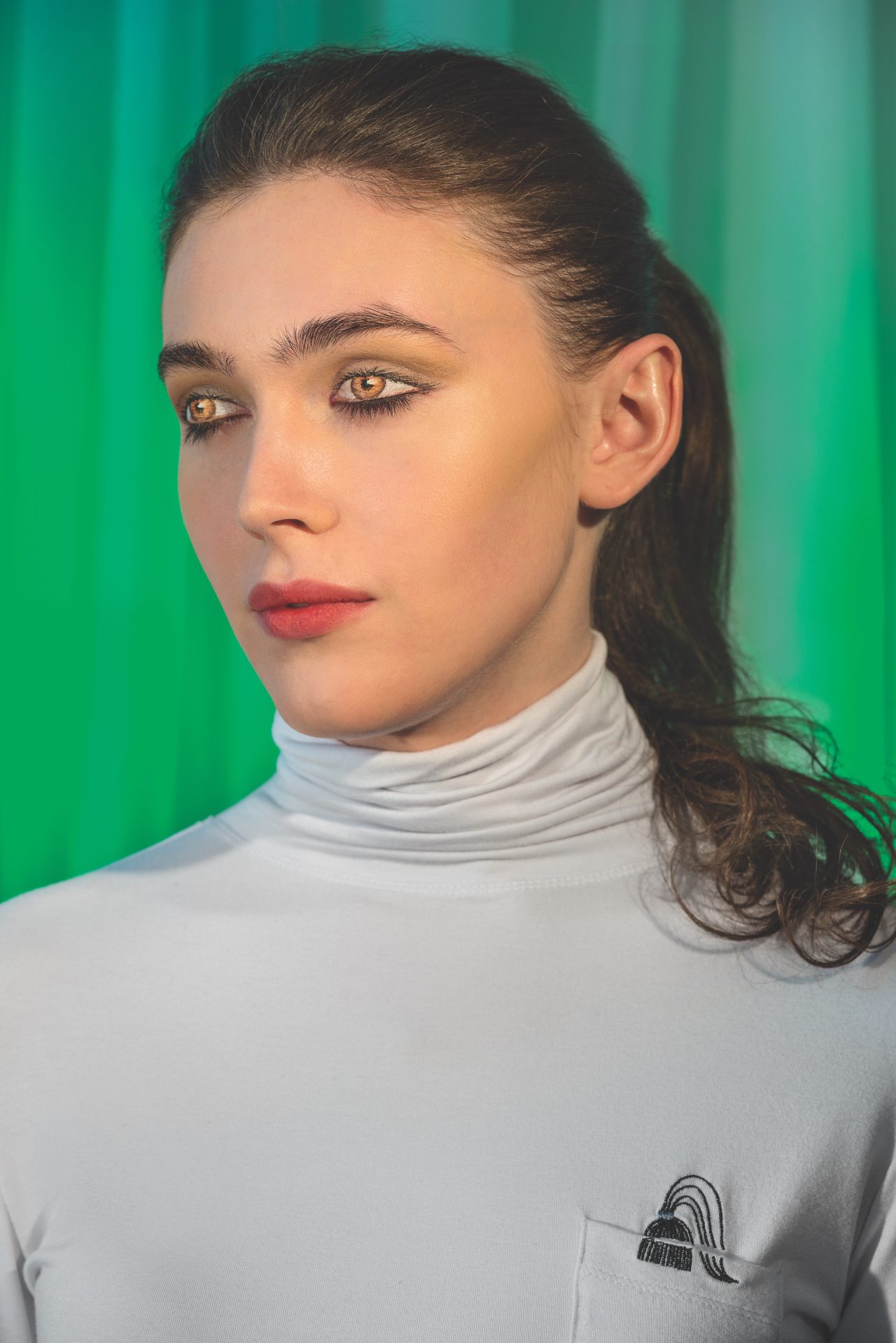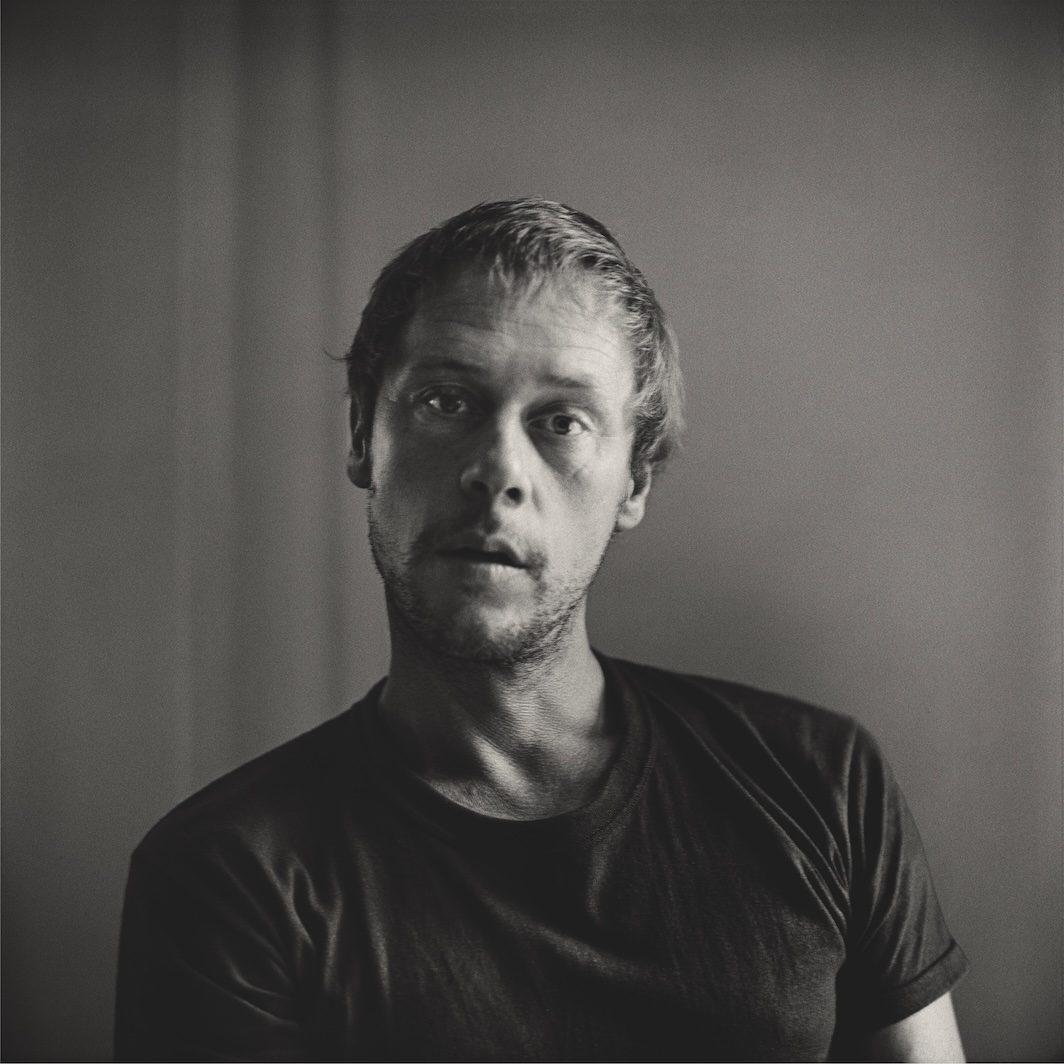WHAT MAKES A PERSON HERSELF? And what, if that person is an artist, makes her the particular artist that she has become? These questions are surely essential and also, on some level, unanswerable. That doesn’t mean we shouldn’t ask them. Sally Mann—whose fierce and glorious images have made her among the most acclaimed photographers of our time—was prompted to consider them by an invitation to give the Massey Lectures at Harvard University in 2011. The result is Hold Still, a memoir at once intimate and reserved.
Mann titles the prologue of her book “The Meuse,” which is neither a typo for muse nor a reference to the river in France. Rather, she explains: “When an animal, a rabbit, say, beds down in a protecting fencerow, the weight and warmth of his curled body leaves a mirroring mark upon the ground. . . . This body-formed evidence of hare has a name, an obsolete but beautiful word: meuse.” She is writing about the contents of the boxes in her attic, the traces, left by her parents and their forebears, from which she will attempt to reconstruct their selves; but she might as well be writing about her approach to memoir as a whole. Mann’s family is her book’s central focus. It is by them, by her home, and by her art—by all she loves most—that she is formed.
Hold Still covers a lot of ground. In Mann’s richly compelling and evocative narrative (who knew that she could as easily have been a writer as a photographer?), she chronicles, among other things, the histories of her Bostonian mother’s and Texan father’s families; the sad fate, too, of her husband’s parents in Connecticut; the story of her African American nanny and housekeeper, Gee-Gee, and of Mann’s ongoing engagement with questions of race and the legacy of slavery in the South; the significance of motherhood; and the centrality of photography in her life, its processes, its themes, its subjects, and its effects.
She is everywhere in this account; and yet she is nowhere. Yes, the book offers us photographs of Mann at various ages, and many photographs taken by her, too, both famous ones and others not seen before (the interspersing of images in the text is one of its many pleasures). Yes, her voice and perspective shape each sentence. But this memoir is notably neither confessional nor self-regarding: Mann, ever the photographer, stays largely behind her lens, turning her “intensely seeing eye” on the people and the natural world around her. As with the rabbit’s meuse, we will know Mann by the outline that she leaves, by what touches her and how.
In truth, it’s the way we best know one another, since our life stories are so often distorted, whether willfully or inadvertently—we’re all unreliable narrators. But in looking backward, or outward, and revealing what matters to us most, we expose ourselves most intimately. When this act of seeing is put under artistic pressure, it becomes, as Auden wrote of poetry, “a way of happening, a mouth.” Mann’s memoir enacts for us what it entails to live as an artist, and particularly as a woman artist—an artist who is a mother, wife, and member of her community.
When Mann started out, she photographed the Virginia landscape around her that she loves profoundly. Eventually, she took as her subjects her children in that landscape. In 1985, “I began, as I often do, with a promising near miss, using the 8 x 10 view camera to photograph [my daughter] Virginia’s birth.” Over the subsequent years, in what seems near-idyllic isolation on the family farm, Mann worked intensively and meticulously to create lasting images; in many of them, her children are naked. She remarks, “In the pictures of my children I celebrated the maternal passion their bodies inspired in me—how could I not?” and adds, “I never thought of them as being sexual; I thought of them as being simply, miraculously, and sensuously beautiful.”
These photographs were published in 1992 in a collection titled Immediate Family. They reignited and complicated the era’s intense and often vitriolic discussion of artists’ freedom of expression, and Mann came under attack from feminists like the writer Mary Gordon, as well as from the Christian right.
It was an unexpected nightmare: “I was blindsided by the controversy, protected, I thought, by my relative obscurity and geographic isolation, and was initially unprepared to respond to it in any cogent way,” she recalls. Now, years later, in Hold Still, Mann offers us a principled and beautifully articulated stance. For Mann, ethical and philosophical questions are as important as aesthetic ones. She tackles, unabashedly, the fundamental issue of an artist’s authority, her license to make art, and says, “To be able to take my pictures I have to look, all the time, at the people and places I care about . . . with both warm ardor and cool appraisal . . . in that ardent heart there must also be a splinter of ice.” Inevitably, “exploitation lies at the root of every great portrait, and all of us know it. Even the simplest picture of another person is ethically complex.”

Mann is too thoughtful to provide simple answers. She asserts that “if transgression is at the very heart of photographic portraiture, then the ideal outcome—beauty, communion, honesty, and empathy—mitigates the offense.” And, quite aside from any ambition to attain laudable ideals, she asserts the importance of artistic freedom, and the irrelevance of the artist’s character to the quality of the art itself: “Do we deny the power of For Whom the Bell Tolls because its author was unspeakably cruel to his wives? . . . If we only revere works made by those with whom we’d happily have our granny share a train compartment, we will have a paucity of art.”
Mann knows all too well that the value of her work lies in itself, not in the admiration of the world, and that the calling of art is precisely to turn the “intensely seeing eye” on life’s inadmissible truths. Mann is not the kind of artist for whom épater le bourgeois is a rallying cry, but if shock is the result of her images then so be it. The work—much of it spectacular and profound, all of it hard-won—takes precedence.
In a particularly tender digression, Mann explains that she has always taken photographs of her husband and continues to do so as they age, in spite of his “affliction of a late-onset muscular dystrophy.” “I called this project Proud Flesh,” she writes: “While working on these pictures, I joined the thinly populated group of women who have looked unflinchingly at men, and who frequently have been punished for doing so. . . . The act of looking appraisingly at a man . . . is a brazen venture for a woman; for a male photographer, these acts are commonplace, even expected.”
As a woman and a mother, and as a white southerner, she has turned her attention to particular subjects close to her heart. Death, too, is an abiding preoccupation—one inherited from her father, just as she believes her mother’s Welsh heritage gave her “hiraeth,” meaning “‘distance pain’ . . . the pain of loving a place.” Such passions illuminate Mann’s work as much as they do her spirit, and Hold Still is replete with them. Throughout, family remains the key.
The frisson of notoriety surrounding the photographs in Immediate Family may be what motivates the broader public to buy Mann’s memoir. If so, readers will be wonderfully surprised by the swathes of tabloid-worthy family history (her maternal grandparents might have been on The Real Housewives of Boston in their day; her husband’s parents’ tragic fate is pure true crime); distressed by her current family’s near tragedies (the agony of her son’s being hit by a car; the terror of an armed fugitive at large on their property); and consoled by the stable, clear-eyed, open, and somewhat eccentric personage whose meuse we ultimately discern.
For all these reasons, Hold Still is an unforgettable memoir. But it’s more than that: For any artist or aspiring artist, it is an inspiration and a reminder of what matters. In writing about her friendship with Cy Twombly, who lived near the Manns in Virginia, she observes: “Choosing to work outside the art world’s urban centers, as both he and I have done, is difficult, at least it certainly has been for me. More than any artist I know, Cy managed this classical remove, embracing James Joyce’s artistic intent, summed up in three words at the end of A Portrait of the Artist as a Young Man: ‘silence, exile, cunning.’”
For this reader, the abiding and precious gift of this book is precisely this: Mann’s highly personal exploration of her passion, and her perseverance. She makes clear that she works, loves her work, and loves her life with equal and unflagging intensity. She is never not seeing the world, never not learning. All of it—including the hardest times—is grist to the artist’s mill.
Claire Messud’s most recent novel is The Woman Upstairs (Knopf, 2013).





